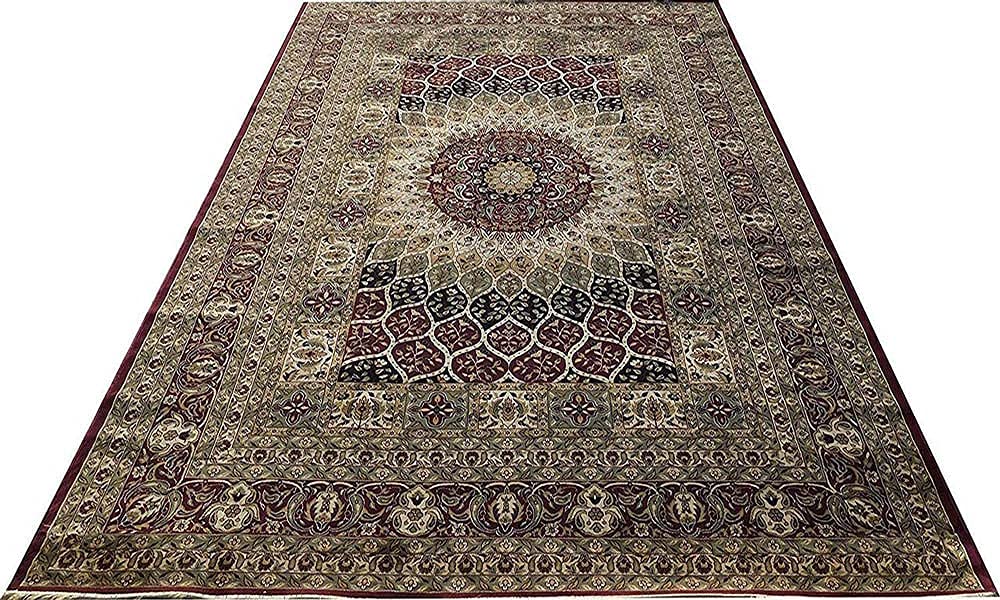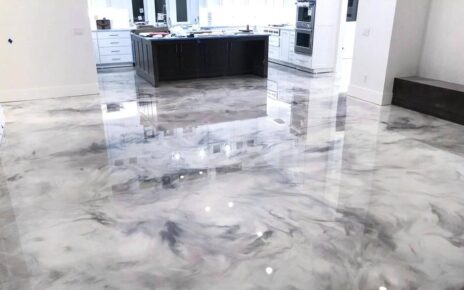Persian carpets are known for their intricate and colorful designs, making them a popular choice for home décor. Persian carpets are hand-knotted and come in a variety of styles, which are determined by the region in which they are produced. Some of the most popular Persian carpet styles include
- Tabriz: Tabriz carpets are known for their traditional medallion designs and are one of the most popular Persian styles.
- Qum: Qum carpets are known for their intricate floral designs and high-quality wool.
- Isfahan: Isfahan carpets are known for their elaborate floral designs and use of vibrant colors.
- Nain: Nain carpets are known for their intricate designs and use of natural dyes.
- Bakhtiari: Bakhtiari carpets are known for their bold geometric designs and use of bright colors.
- Mashhad: Mashhad carpets are known for their traditional tribal designs and use of natural dyes.
- Kerman: Kerman carpets are known for their traditional floral designs and use of vivid colors.
- Persian Tribal: Persian Tribal carpets are known for their traditional tribal designs and use of natural dyes.
- Persian Modern: Persian Modern carpets are known for their contemporary designs and use of bright colors.
Different Persian Carpet Colors and Patterns
- Red: Traditional red Persian carpets often feature intricate medallion and paisley designs.
- Blue: Blue Persian carpets feature a variety of traditional floral motifs, such as tulips, pomegranates, and cypress trees.
- Green: Green Persian carpets often showcase richly detailed geometric patterns, including herati and both.
- Ivory: Ivory Persian carpets often feature a blend of the delicate medallion and all-over patterns.
- Brown: Brown Persian carpets are often adorned with intricate geometric designs such as both and herati.
- Beige: Beige Persian carpets typically feature subtle blooming floral motifs, such as the tree of life and vase designs.
The Origins of Persian Carpets
Persian carpets are a type of hand-woven rug originating from Iran (formerly known as Persia). Persian carpets are a form of traditional rug making that originated in the Persia region, which is now known as Iran. Carpet weaving has been a tradition in the region since at least the 4th century BC, with evidence of carpet-making found in ancient tombs and monuments. Persian carpets are renowned for their intricate designs, intricate patterns, and vibrant colors. The production of Persian carpets is highly labor-intensive, with some carpets taking months or even years to produce. Persian carpets are typically made from wool, though silk and cotton are also used. The traditional design of Persian carpets is based on a variety of geometric and floral motifs, often featuring intricate curvilinear designs. Persian carpets are prized by collectors and are often seen as a symbol of luxury and prestige. Persian carpets are renowned for their intricate designs, bright colors, and superior craftsmanship.
They are typically made with wool, which is well-suited to the warm climate of Iran. The designs of Persian carpets often reflect the traditional values of the culture, with motifs that symbolize fertility, abundance, and prosperity. Persian carpets are now produced in many countries, though Iran remains the largest producer.





